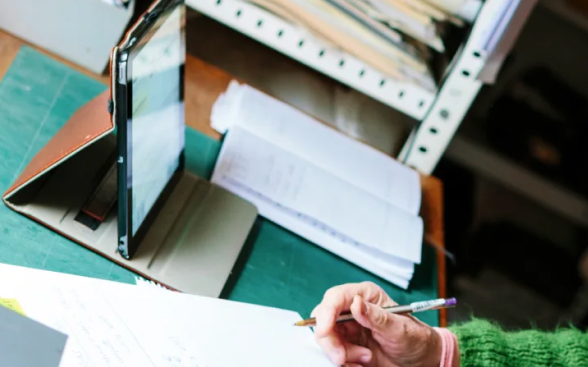Menu
More than seventy years ago, pioneering ecologist Aldo Leopold wrote, “One of the penalties of an ecological education is that one lives alone in a world of wounds.” Today, ecological education is much more widespread. Many people are aware of and trying to heal the wounds resulting from human activity. As a result, ecological restoration—assisting the recovery of damaged or destroyed ecosystems—is now a burgeoning field of study. Today, our planet faces a host of threats with potentially dire consequences: climate change, biodiversity loss, and invasive species, to name but a few. Our time is, as a growing number of scientists are claiming, the Anthropocene Epoch. The belief systems that inform human relationships with the other-than-human world are changing, too. Previous efforts to understand these relationships have focused on “ecosystem services.” In other words, they emphasize human enjoyment of the natural world while deemphasizing the intrinsic value of nature itself. Our proposal explores what we think is a better way: exploring the values and beliefs about nature that both motivate, and are created by, the impressive accomplishments of ecological restoration. A constant refrain in restoration is that it is more than a scientific and technical pursuit. It also grows from cultural and spiritual values—and at the same time nourishes them. Restoration requires diverse labor, creates tighter bonds in communities, and fosters new relationships between people and the natural process, something that it is much more difficult to convey in more passive forms of ecological education. Restoration also offers opportunities for cultural resurgence. For example, dozens of school-aged children volunteered their time towards the recent restoration of an old sawmill site on Galiano Island. Their contributions were honored by a ceramic art panel that embedded them into the site. Individuals will remember this experience for the model it creates of community connection. We call such a process regeneration, which is woven together with restoration. Placing these practices together compels us to think of larger questions: What constitutes restoration of an ecosystem? What is the place of people in healthy ecosystems? How are acts of restoration tied to ideas of creation, and how might this connection magnify the possibility of greater care and more thoughtful stewardship?
